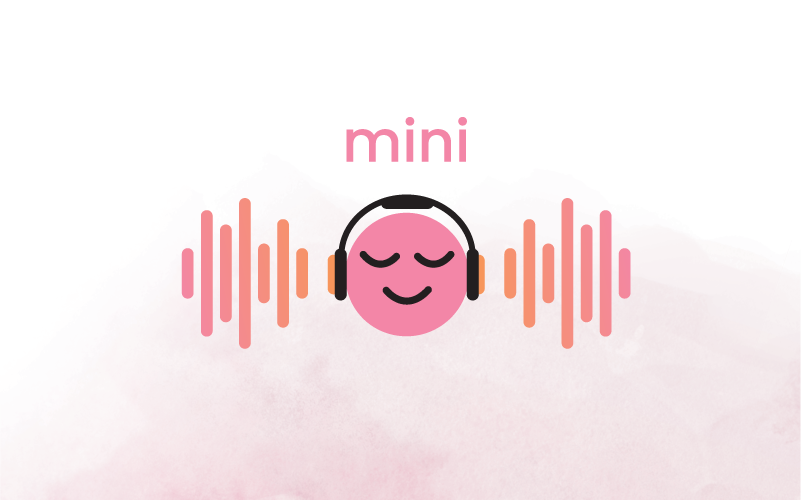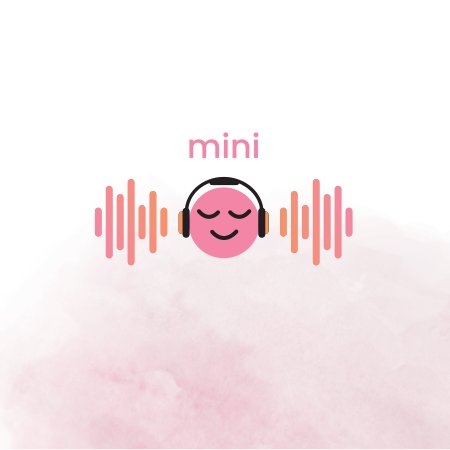Making Time to Connect With Students
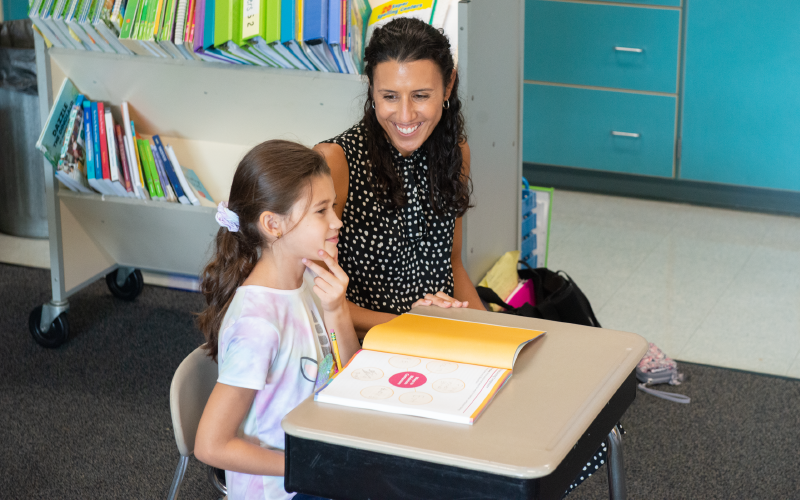
At the beginning of every school year, our classrooms fill with new students, endless possibilities, and excitement for all that is to come. Creating a classroom environment where each student can thrive starts with taking the time to get to know them for the unique individuals they are. Engage in developmentally appropriate conversations with students to learn more about their interests, personalities, and learning styles, ensuring that your classroom centers around authentic connections that meet students’ needs.
The start of every school year brings many new faces into the classroom—each one with their own unique personality, interests, and background. Throughout the school year, you will naturally grow to understand more about your students, but it is important to intentionally dedicate time to connect with them as individuals and see them as the whole people that they are. When we consider the traits that make up students as individuals with different needs, interests, and learning styles, we can create a learner-centered environment where each student can thrive.
Why Connection Matters
In classrooms where teachers know their students individually, there is greater ability for educators to use their knowledge to elevate students’ learning experiences and create meaningful educational opportunities (Calp & Kaşkaya, 2020). Getting to know students also shows them that we truly care about them, which will foster feelings of trust between everyone in the classroom (Calp & Kaşkaya, 2020). Additionally, forming personal connections with students leads to improved student engagement, heightened academic achievement, and more space for positive interactions that create a safe, comfortable learning environment (Kaufman, n.d.).
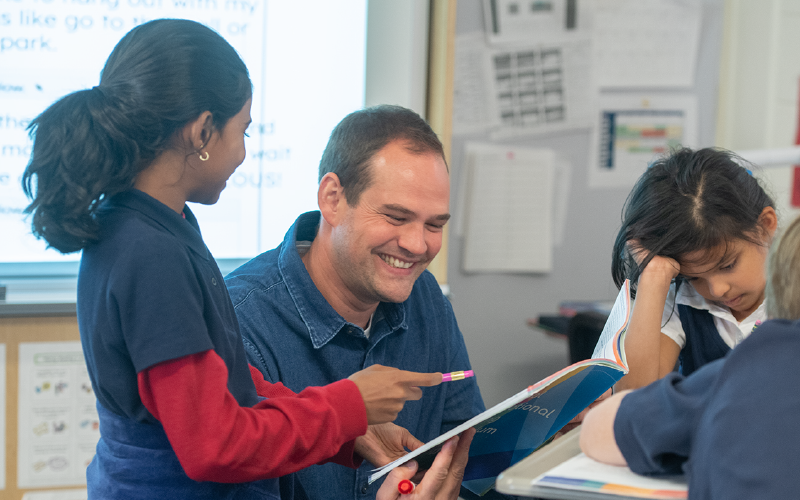
Conversation From Grades K–8
Conversations are a crucial component to connecting with students. As children grow and develop, their conversational tendencies and desires change. It is important to recognize what skills and interests children and adolescents have at different ages so that you are able to engage meaningfully and meet them where they are. While every student will develop at their own pace, the following ranges of what to expect at certain ages can offer helpful insight into child development:
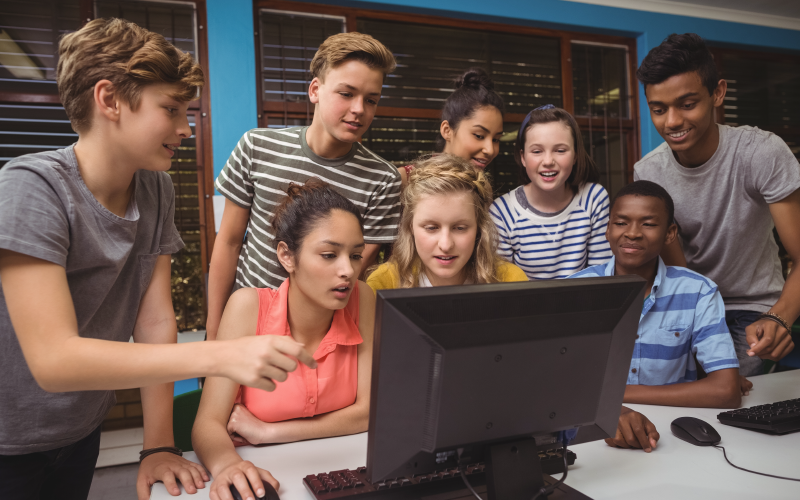
- Grades K–2: At this age, children are rapidly developing their vocabulary skills and beginning to learn how to see things from different perspectives but may struggle to understand points of view that differ from their own (Belmont Public Schools, n.d.). To keep them engaged in conversation, it is important to relate things back to their own point of view and keep their attention through storytelling and the discovery of new ideas.
- Grades 3–5: These years are filled with social exploration and a desire to talk and connect with others. Children are absorbing many new concepts and are able to think abstractly about the world. With a more mature decision-making capability and the ability to see the consequences of their actions, conversations at this age can begin to expand into new areas of focus (Belmont Public Schools, n.d.). Personal interests, friendships, and how to make responsible decisions in different situations are all topics for conversation at this age.
- Grades 6–8: Around middle school, children begin to develop their own worldviews and gain an interest in having discussions and debates that explore different opinions and viewpoints. They are also more likely to question things, rather than take everything at face value (Morin, 2021). At this stage, conversations about social issues, life experiences, and world events might occur. It is important to be an active listener and take what your student shares into thoughtful consideration as you engage in conversations with them.
As the school year begins, consider the following conversation starters to engage with students of all ages and get to know them as individuals.
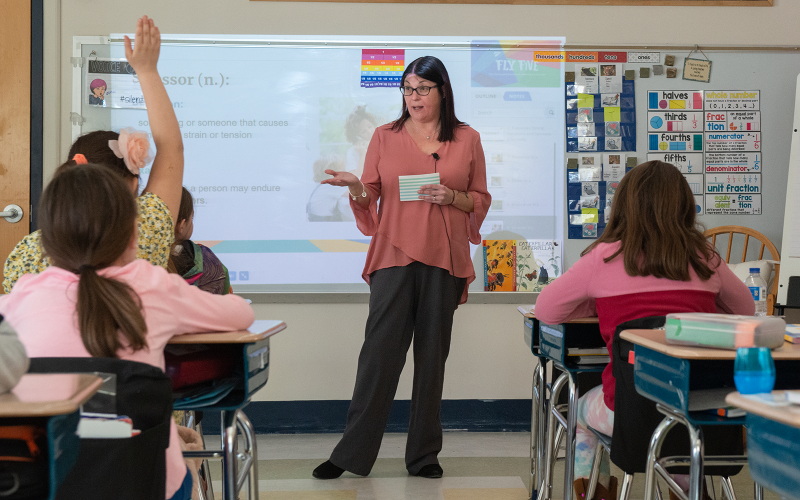
- “Tell me about something ________ that happened over summer break/the weekend.” Fill in the blank here with words like “exciting,” “challenging,” “inspiring,” or “interesting.”
- “What is your favorite thing about __________?” Fill in the blank with “school” or get more specific by asking about certain subjects or topics that students are learning about. This can help you to get to know students as learners and may provide insight into their classroom strengths and areas for improvement.
- “What kinds of hobbies or activities do you like to do?” Get to know what interests students have outside of the classroom to truly know them as individuals. This will also help you to be able to connect what is happening in the classroom to what students like to do in their personal lives.
Making the time to get to know your students can change the way the classroom looks, feels, and sounds in many positive ways and help you to not only forge important relationships, but also to create a community where everyone feels a sense of safety and belonging—including you.
References
Belmont Public Schools. (n.d.). Stages of social/emotional development. https://www.belmont.k12.ma.us/bps/Parents/Elementary-School-Guidance/Stages-of-Development
Calp, Ş., & Kaşkaya, A. (2020). How do you know me? How do you look at me? A study on teachers’ ways of getting to know their students. International Journal of Progressive Education, 16(5), 348–369. https://files.eric.ed.gov/fulltext/EJ1273193.pdf
Kaufman, T. (n.d.). Building positive relationships with students: What brain science says. Understood. https://www.understood.org/en/articles/brain-science-says-4-reasons-to-build-positive-relationships-with-students
Morin, A. (2021, July 28). Developmental milestones for middle-schoolers. Understood. https://www.understood.org/articles/en/developmental-milestones-for-typical-middle-schoolers
Please Sign in to Your Account.
Create a Free Account
Gain access to limited free articles, news alerts, select newsletters, podcasts and some daily games.


